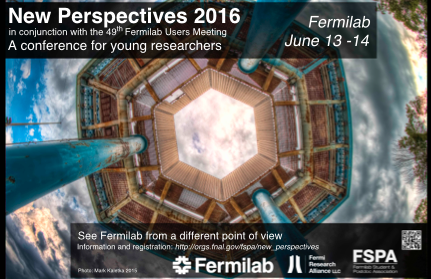Speaker
Mr
Simon De Rijck
(University of Texas at Austin)
Description
The MINOS experiment was designed to study neutrino oscillation between two scintillator-steel tracking-sampling calorimeters separated by a $734\,\text{km}$ baseline using muon neutrinos and antineutrinos generated in the NuMI facility at Fermilab. Running for ten years with a neutrino beam peak energy of $3\,\text{GeV}$, MINOS yielded some of the best constraints on the atmospheric neutrino oscillation parameters to date. The MINOS+ experiment subsequently ran for about three years using a neutrino beam designed for the NO$\nu$A experiment, increasing the beam peak energy to about $6\,\text{GeV}$. This shift to higher neutrino energies improves the sensitivity to exotic phenomena such as large extra dimensions. Assuming the existence of large extra dimensions, sterile neutrinos can arise as Kaluza-Klein states. Mixing between the active neutrinos and Kaluza-Klein states alters the standard three-flavor oscillation probabilities, allowing neutrino oscillation measurements to constrain the size of large extra dimensions. Using MINOS $\nu_{\mu}$ data corresponding to $10.6 \times 10^{20}$ protons on target (POT), the size of large extra dimensions is constrained to be smaller than $0.45\,\text{$\mu$m}$ at 90\%\,C.L. in the limit of a vanishing lightest active neutrino mass. To date, this is the strongest limit from a neutrino oscillation experiment. This result will be presented together with the status of the MINOS+ large extra dimension search.
Primary author
Mr
Simon De Rijck
(University of Texas at Austin)
